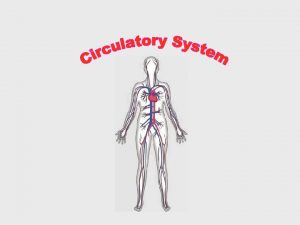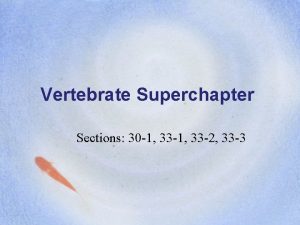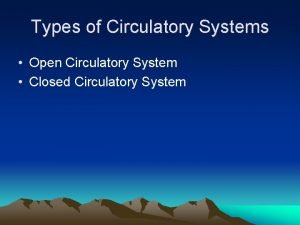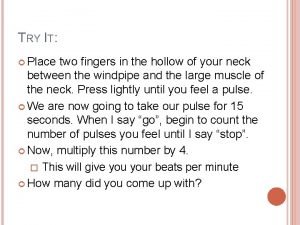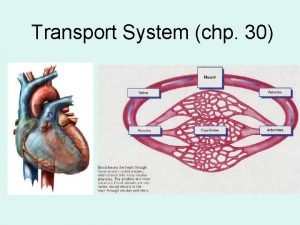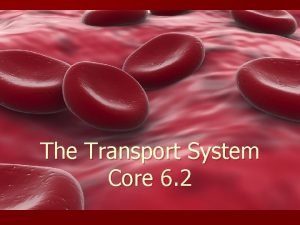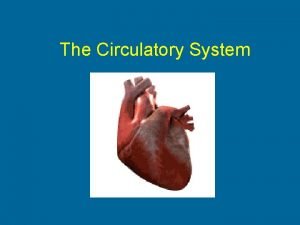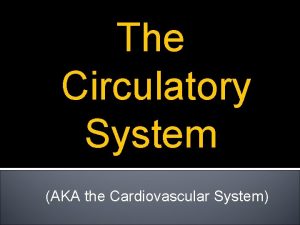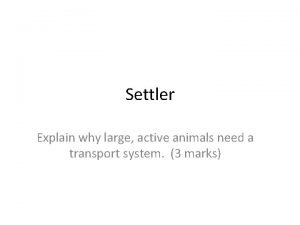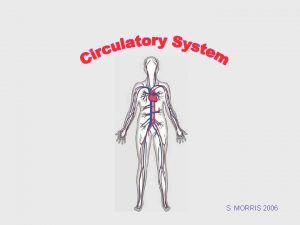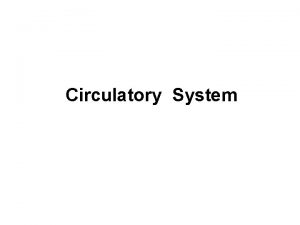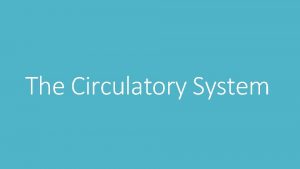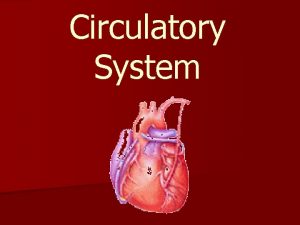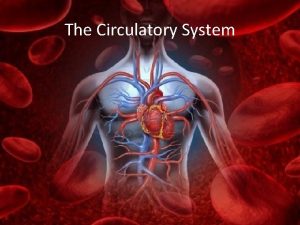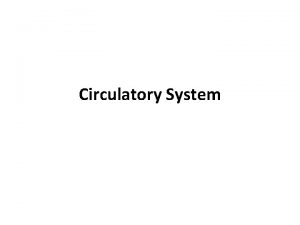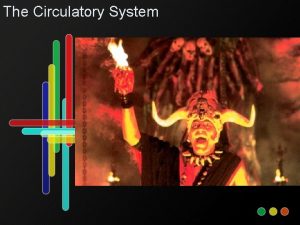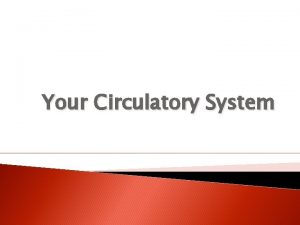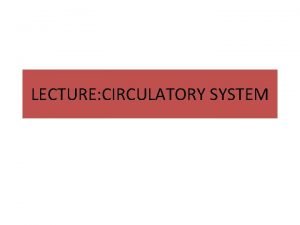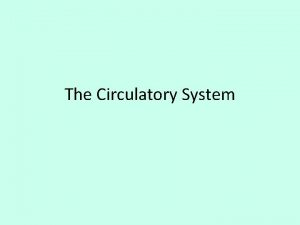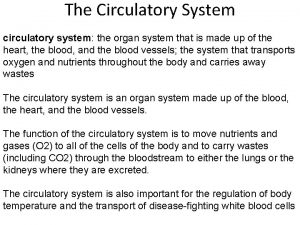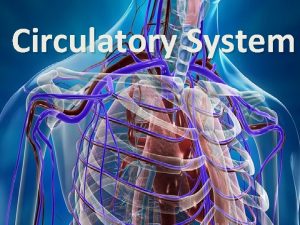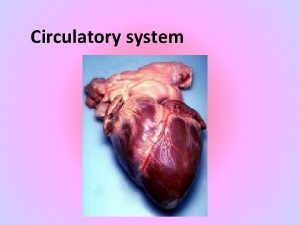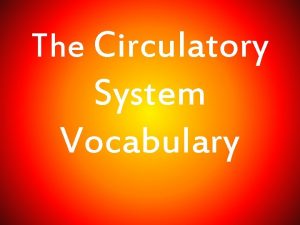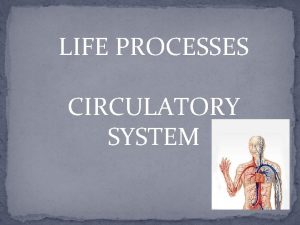Circulatory System Do Now n Why is it

















- Slides: 17

+ Circulatory System

+ Do Now n. Why is it important for your heart to continue beating even when you’re sleeping? n. What does your body need? n. What are some wastes?

+ Function of the Circulatory System n. Pumps blood through the body ntransports substances n oxygen & nutrients to cells n. Wastes from cells n. Uses diffusion (from high to low concentration along concentration gradient).

+ TRIVIA! The function of the circulatory system is to … a. chemically break down food b. absorb nutrients c. pump blood through the body d. none of the above

+ Circulation and Respiration n. Each breath brings oxygen rich air into your body n. Your heart delivers oxygen to your cells n. Cells needs that oxygen to make ATP n. Working together, your circulatory and respiratory systems supply cells throughout the body with the nutrients and oxygen that they need to stay alive!

+ Structure The human circulatory system consists of: 1) The heart 2) A series of blood vessels 3) Blood that flows through them

+ Blood Flow through the heart n. Blood leaves (AWAY) the heart in ARTERIES (oxygenated blood) n. Blood returns to heart in VEINS (de- oxygenated)

+ Blood vessels n. Blood circulates in one direction and is moved by the pumping of the heart n 3 types of blood vessels: n Arteries (Aorta) Artrioles (smaller) n Veins n Capillaries LARGEST -> smallest Aorta veins arteries arterioles capillaries

+ TRIVIA The smallest of the blood vessels are the a. arteries b. veins c. d. capillaries aorta

Capillaries n The smallest of the blood vessels connecting arteries and veins n Walls are one cell thick allowing for easier diffusion of oxygen from capillaries to body cells and carbon dioxide from body cells to capillaries

+ Blood Made of: 1) plasma: yellow liquid medium: fluid that is 90% water. Cells receive nourishment from substances in plasma 2) red blood cells: transport O 2 and remove waste (CO 2) 3) white blood cells - fight germs and disease 4) platelets - stop bleeding/help blood clot

+ Red Blood Cells -transport oxygen collected from alveoli -Remove carbon dioxide waste from cells to the alveoli - Contain HEMOGLOBIN which is a protein that binds with oxygen

+ Trivia! The iron-containing molecule in the red blood cells is called: a. plasma b. hemoglobin c. ferric oxide d. carbonic acid

+ TRIVIA! Red blood cells. . . a. transport respiratory gases b. destroy viruses c. combat bacterial infection d. transport cholesterol

+ White Blood Cells -made in your bone marrow - fight off bacterial infections

+ TRIVIA! Defending the body against bacterial infection and invasion by foreign substances is a function of. . . a. red blood cells b. platelets c. plasma d. white blood cells

+ Circulatory, Repsiratory, and Digestive Systems n. Each breath brings oxygen rich air into your body n. Your cells need that oxygen to make ATP n. Your heart delivers oxygen to your cells n. Working together, your circulatory and respiratory systems supply cells throughout the body with the nutrients and oxygen that they need to stay alive! n. Nutrients come from digested food from digestive system
 Respiratory system circulatory system digestive system
Respiratory system circulatory system digestive system Hey hey bye bye
Hey hey bye bye How respiratory system work with circulatory system
How respiratory system work with circulatory system Circulatory system and respiratory system work together
Circulatory system and respiratory system work together Now i see it now you don't
Now i see it now you don't Circulatory system steps in order
Circulatory system steps in order Non vertebrate
Non vertebrate Lungfish circulatory system
Lungfish circulatory system Do clams have open or closed circulatory systems
Do clams have open or closed circulatory systems Sheep circulatory system
Sheep circulatory system Circulatory system function
Circulatory system function Closed circulatory system
Closed circulatory system Jobs of circulatory system
Jobs of circulatory system 3 main parts of circulatory system
3 main parts of circulatory system Double circulatory system
Double circulatory system How circulatory system work
How circulatory system work What makes up the circulatory system
What makes up the circulatory system The actual exchange of gases occurs at the site of the *
The actual exchange of gases occurs at the site of the *





